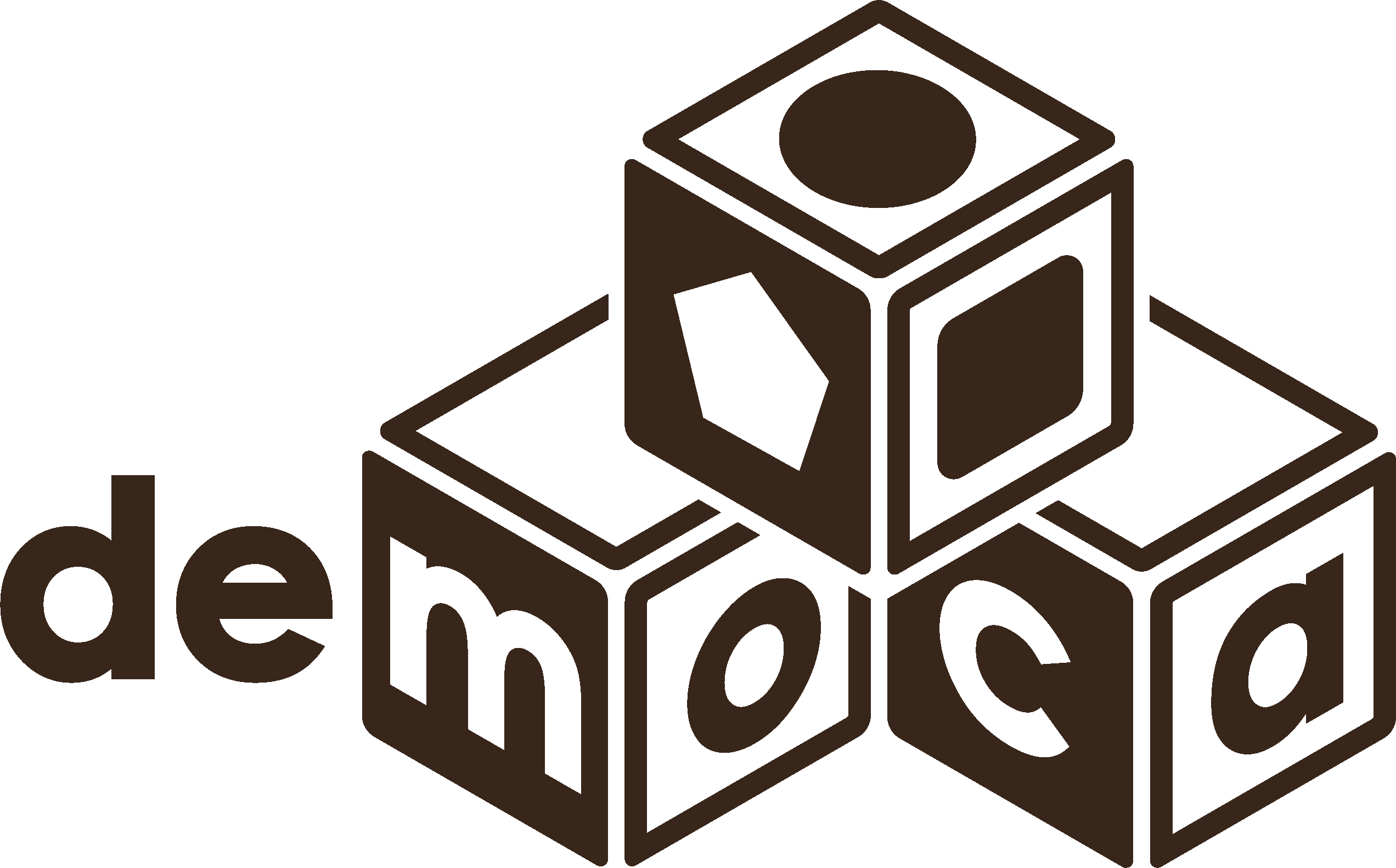
Normalization in the Montessori Classroom
Nov 26 , 2021
Children are inherently curious. Encouraging a child to engage deeply in something that interests them strengthens their desire to ask questions and learn new things. Along with the uncertainty of the new school year should come a reminder that, when given the opportunity, each individual child can lead the way through their learning and become normalized through work.
Normalization is the term Maria Montessori used for internalizing multiple skills through coordination and organization. It is something that spontaneously happens when children have meaningful work to do. Given freedom, a child may choose to do things that adults may not initially choose for them. If we can step back and observe, we will often see the purpose and merit in their actions.
The "Normal" in Normalization
The word "normalization" obviously has the word "normal" at its core. Before going on, it must be understood that "normal" has a large range in child development. Simply because one child can accomplish a task at any particular age does not mean that all children should be able to accomplish that task at the same age. Each child is unique, with many different sets of circumstances determining how and when that particular child will accomplish tasks. The variation between the upper and lower limits of the scales is often great, all within the range of what is still considered "normal."
The combination of the child's desire to do something, their understanding of how to do it, and their action of actually doing it, is the beginning of normalization. Normalization is the establishment of the point of contact with the environment. The child begins concentrating through this contact with real objects, allowing the child to perform real-life actions.
Focused, Joyful Work!
Focused normalization occurs easily through a child at work. When a child loves their work, they become engaged and thus self-disciplined. Once self-disciplined, they begin the process of becoming normalized. Rather than labeling a child "good" or "naughty," both should be recognized as evidence of the child trying to accomplish what is needed to coordinate and organize many internal functions. Sometimes this looks orderly. Other times this is very messy until the order comes eventually!
Montessori calls normalization "no less than conversion from disorder, clumsiness, and chaos to steady, joyful work." Joyful work - this should be the goal not only for formal education but for life!
Lots of Opportunities to Learn
Montessori classrooms allow a child to experiment through a variety of lessons. If a child needs help strengthening the muscles in their fingers to prepare for writing, you may see them choosing lessons like spooning, or pouring, which also teaches them self-care. They may lift and place knobbed cylinders, helping to improve spatial awareness and using their finger muscles to navigate. They might color metal insets to improve their pencil grip or even work with the math beads to strengthen their number sense. Across the different avenues and subject matter, the child continues using their pincer grip to strengthen their muscles while learning other skills.
If the focus is on a specific academic skill, a child working on number recognition could choose sandpaper numerals, the shell game, or the tens board, to name a few. The many possibilities available to learn and practice the same skill are purposeful in the Montessori classroom.
To facilitate a child's development, a Montessori classroom deliberately offers suitable materials at the right time. Just these simple activities—protected from interruption—begin to bring about what Montessori calls normalization.
The many lesson possibilities combined with the teacher observing the child's desires to perform a task (as long as it is not hurtful to anyone or anything) as many times as they desire allows the child to become normalized much more easily than if they were being told what they could do and when all day long. Once a child finds an interesting task that concentrates their activities, they become normalized.
Child Led Learning
Maria Montessori noted that "actually, the normal child is precociously intelligent, who has learned to overcome himself and to live in peace, and who prefers a disciplined task to futile idleness." Who would not want this for their child?
Once a child has been given the ability to normalize, these are the characteristics that become evident:
- Love of Order
- Love of Work
- Profound Spontaneous Concentration
- Attachment to Reality
- Love of Silence and of Working Alone
- Power to Act from Real Choice and Not Simply Curiosity
- Obedience
- Independence and Initiative
- Spontaneous Self-Discipline
- Joy
Have you seen any of these qualities in children? Then you have seen signs of normalization!
Developing Inner Potential
Through normalization, children begin to see their own inner potential. By putting a child in a carefully prepared environment and allowing them to work, we are helping them to become normalized. The child becomes calm, peaceful, and active through this work. They can use all parts of their innate intelligence. Their work allows them to develop themselves without being interrupted.
Trust in the child. Through engagement in their individual curiosities, children will lead the way, truly understand what they are learning, and move on when it is right for them.
